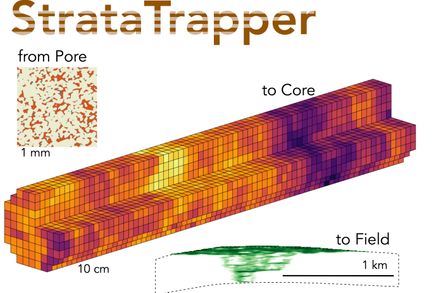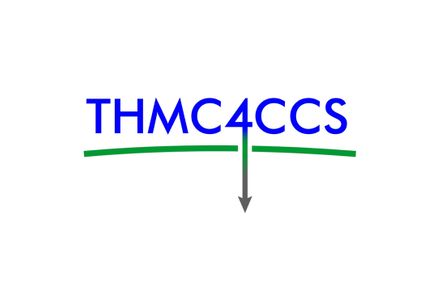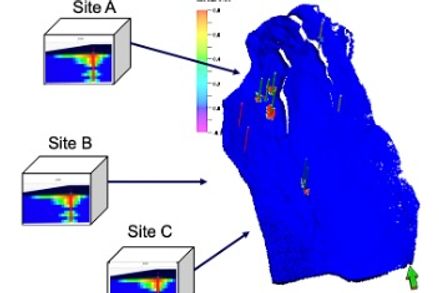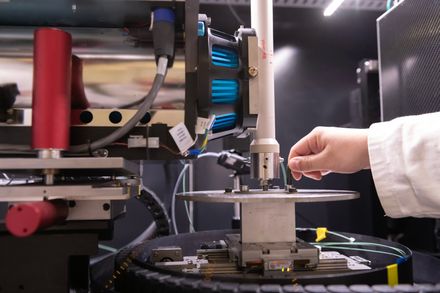BibTex format
@article{Keable:2022:10.1007/s11242-022-01778-4,
author = {Keable, D and Jones, A and Krevor, S and Muggeridge, A and Jackson, SJ},
doi = {10.1007/s11242-022-01778-4},
journal = {Transport in Porous Media},
pages = {23--45},
title = {The effect of viscosity ratio and peclet number on miscible viscous fingering in a dele-shaw cell: a combined numerical and experimental study},
url = {http://dx.doi.org/10.1007/s11242-022-01778-4},
volume = {143},
year = {2022}
}





